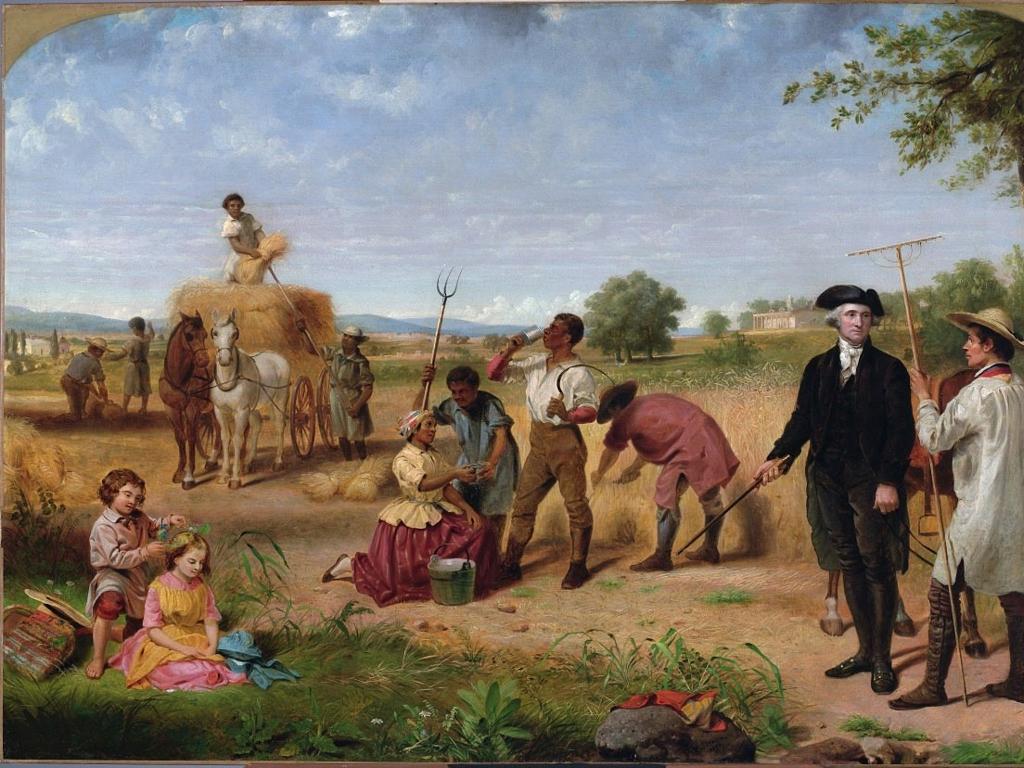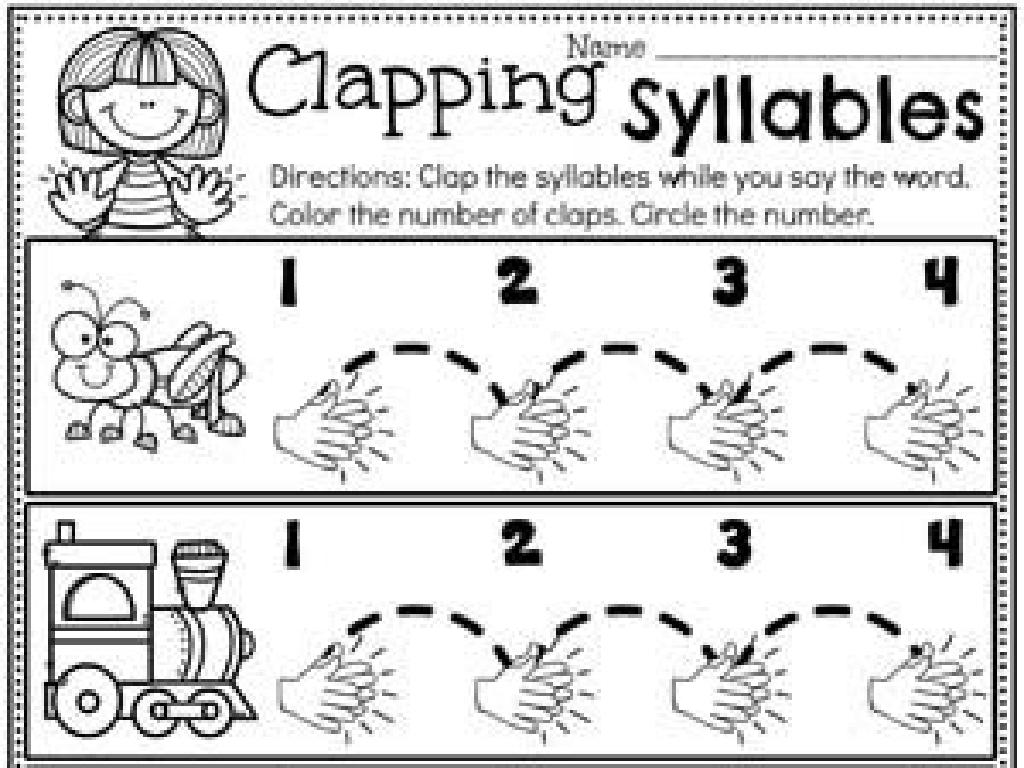Radical Reconstruction
Subject: Social studies
Grade: Seventh grade
Topic: Reconstruction
Please LOG IN to download the presentation. Access is available to registered users only.
View More Content
Introduction to Reconstruction
– Post-Civil War Era overview
– A period of rebuilding after the Civil War, marked by significant changes in society and governance.
– Defining Reconstruction
– Reconstruction was the process of reintegrating Southern states into the Union and redefining African American rights.
– Goals of Reconstruction
– To restore the Union, integrate freed slaves into society, and rebuild the South’s economy.
– Challenges faced
– Resistance from the South, economic instability, and political opposition hindered progress.
|
This slide introduces students to the complex period following the Civil War known as Reconstruction. It was a time aimed at rebuilding the United States, particularly the devastated Southern states, and integrating millions of freed slaves into society. The goals of Reconstruction were ambitious, seeking to address the political, social, and economic fallout of the war. However, the era was fraught with challenges, including opposition from Southern states, economic turmoil, and political disputes that would shape the nation’s future. Encourage students to consider the vast changes that occurred during this era and the long-term effects on American society.
Exploring Radical Reconstruction
– Define Radical Reconstruction
– A period post-Civil War focused on transforming Southern society and granting rights to freed slaves.
– Key figures and their roles
– Leaders like Thaddeus Stevens advocated for severe measures against the Southern states.
– Presidential vs Radical Reconstruction
– Presidential Reconstruction was more lenient towards the South compared to the harsher Radical Reconstruction.
– Impact on society and laws
|
Radical Reconstruction was a significant era in American history, following the Civil War, where the federal government took extensive measures to rebuild the South and promote civil rights for freed slaves. Key figures like Thaddeus Stevens and Charles Sumner played pivotal roles in pushing for equality and punishing the former Confederate states. Contrast this with Presidential Reconstruction, which was more forgiving and aimed at a quicker restoration of the Union. Discuss the 14th and 15th Amendments as legal impacts of Radical Reconstruction. Encourage students to reflect on how these historical decisions still influence American society today.
Legislation and Changes During Radical Reconstruction
– Reconstruction Amendments overview
– 13th: Abolished slavery, 14th: Citizenship rights, 15th: Voting rights
– Civil Rights Act of 1866
– First U.S. federal law to define citizenship and affirm all citizens are equally protected by law
– Military Reconstruction Act
– Divided the South into military districts governed by Union generals, aimed to enforce Reconstruction
– Impact on society and government
|
This slide covers the key legislative measures during Radical Reconstruction aimed at rebuilding the South and ensuring rights for newly freed African Americans. The Reconstruction Amendments laid the foundation for civil rights in the United States. The 13th Amendment abolished slavery, the 14th granted citizenship to all persons born or naturalized in the U.S., and the 15th aimed to protect voting rights regardless of race. The Civil Rights Act of 1866 was a landmark act that established all citizens are equally protected by the law, which was a precursor to the 14th Amendment. The Military Reconstruction Act was a pivotal part of enforcing these new laws and amendments in the post-war South. Discuss the long-term impact these legislative changes had on American society and government, and encourage students to consider how these laws continue to influence the country today.
Impact of Radical Reconstruction on Society
– Effects on African Americans
– Freedmen gained rights but faced prejudice.
– Southern resistance, KKK emergence
– White Southerners formed groups to resist changes, notably the Ku Klux Klan.
– Sharecropping system
– A cycle of debt and dependency for African Americans, replacing slavery.
– Black Codes restrictions
– Laws limiting African Americans’ freedom and ensuring labor supply.
|
This slide examines the societal impact of Radical Reconstruction, particularly on African Americans. While Reconstruction aimed to secure rights for freedmen, it was met with significant resistance in the South. The rise of the Ku Klux Klan and other white supremacist groups aimed to undermine these efforts and maintain white dominance. Sharecropping trapped many African Americans in a new form of economic bondage, while Black Codes sought to restrict their newfound freedoms. It’s crucial to discuss the long-term effects of these developments and their role in shaping the post-war South. Encourage students to think critically about the challenges of implementing social and political change.
The End of Radical Reconstruction
– The Compromise of 1877
– An unwritten deal that settled the 1876 U.S. presidential election
– Federal troops leave the South
– Troop withdrawal marked the end of Reconstruction
– Long-term Reconstruction impacts
– Reconstruction had lasting effects on politics and civil rights
– Shift in power dynamics
– Power shifted towards Southern Democrats, ending reforms
|
This slide marks the conclusion of Radical Reconstruction, a pivotal era in American history. The Compromise of 1877 effectively ended the presidential dispute but also led to the withdrawal of federal troops from the South, signaling the end of Reconstruction efforts. It’s crucial to discuss the long-term effects of Reconstruction, including both the progress made in civil rights and the setbacks due to the resurgence of Southern Democrats. This shift in power dynamics had profound implications for African Americans and the political landscape of the South. Encourage students to reflect on how these historical events continue to influence American society today.
Class Activity: Reconstruction Role-Play
– Divide into historical groups
– Present perspectives on Reconstruction
– Discuss alternate history scenarios
– What if Reconstruction had not ended in 1877?
– Reflect on Radical Reconstruction’s impact
– Consider the long-term effects on society and laws
|
This activity aims to engage students in a role-play to explore the complexities of Radical Reconstruction. By dividing the class into groups representing different historical figures and factions, students will gain a deeper understanding of the diverse perspectives during this period. Each group will research and present their assigned perspective, fostering a multifaceted view of history. The discussion on alternative historical outcomes will challenge students to think critically about the long-term implications of Reconstruction policies. Teachers should prepare a list of historical figures and factions for the groups, provide guiding questions for the presentations, and facilitate the discussion to ensure a comprehensive exploration of the topic. Possible activities include role-playing as Radical Republicans, Freedmen, Southern Democrats, or President Andrew Johnson to provide varied insights.






